Lemongrass, a versatile herb known for its citrusy flavor and aroma, is widely used in various cuisines, particularly in Asian dishes. Sometimes, however, it can be difficult to find fresh lemongrass at your local grocery store or market. Fear not, as there are several alternatives that can help you achieve similar flavors and aromas in your dishes.
When substituting for lemongrass, it’s essential to choose ingredients that can closely mimic its unique taste, while also considering the dish’s overall flavor profile. Some substitutes may work better in soups, curries, or stir-fries, while others could be more suited for teas or desserts. We will explore a variety of lemongrass substitutes, discussing their culinary applications and how to incorporate them into your cooking.
Contents
Key Takeaways
- Explore various lemongrass substitutes for different dishes and cooking techniques
- Ensure proper blending of flavors and aromas with alternative ingredients
- Enhance the overall taste of your dish with suitable lemongrass replacements
Lemongrass Alternatives
When cooking a dish that requires lemongrass, but you are out of stock or can’t find it in your local store, fear not! There are several substitutes we can use to achieve a similar flavor profile and aroma. Below are some options that can work well in your recipe.
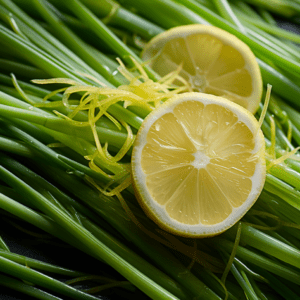
Lemon Zest
An accessible and straightforward substitute for lemongrass is lemon zest. It provides the citrusy and slightly sweet taste that lemongrass is known for. Use equal amounts of lemon zest to replace the required lemongrass in your recipe. Be sure to only use the outer yellow layer of the lemon skin and avoid the bitter white pith.
Kaffir Lime Leaves
Kaffir lime leaves are another excellent alternative for lemongrass, particularly in Thai and Indonesian recipes. They have a sharp, citrusy flavor with a hint of spiciness. To substitute lemongrass with kaffir lime leaves, use two leaves in place of one lemongrass stalk. Remember that the leaves can be tough, so remove them before serving.
Ginger
Fresh ginger can mimic some aspects of lemongrass, especially when combined with other ingredients like coriander stalks, as suggested by The Kitchen Journal. The mix of ginger and coriander can replicate the citrus punch that lemongrass would provide in a recipe. Use a 1:1 ratio of ginger to lemongrass, and add coriander stalks as needed to achieve the desired flavor.
Lemon Verbena
Lemon verbena shares a flavor profile with lemongrass, making it an ideal alternative. Use the same amount of lemon verbena in place of lemongrass, keeping in mind that the taste might be slightly different. Lemon verbena can be found fresh or dried in most grocery stores.
Lemon Balm
Lemon balm offers a mild yet effective substitute for lemongrass. It has a subtle lemon flavor that can work well in your recipe, especially for soups and teas. To replace lemongrass with lemon balm, use an equal amount of lemon balm leaves.
Dried Lemongrass
When you can’t find fresh lemongrass, dried lemongrass can be a convenient solution. Though the flavor might be a bit more muted than fresh lemongrass, this substitute can still provide the desired taste in your recipes. Use an equal amount of dried lemongrass to replace fresh lemongrass.
Preserved Lemon
Preserved lemons can add a unique citrusy and tangy flavor similar to lemongrass. As a substitute, rinse the preserved lemons well to remove any excess salt. Use the lemon rind to replace lemongrass in your recipe with a 1:1 ratio.
Galangal
Galangal, closely related to ginger, can serve as a substitute for lemongrass in a pinch. It has a more earthy and piney taste compared to lemongrass, but it can still work well in many Asian dishes. Use a 1:1 ratio of galangal to lemongrass in your recipe, adjusting the quantity as needed for flavor.
Arugula
Arugula, when combined with lemon zest, can be an effective lemongrass substitute in soups and curries. The peppery taste of arugula mixed with the zest of a lemon can mimic the unique flavor profile of lemongrass. Use a blend of chopped arugula and lemon zest to achieve the desired taste.
Kreung
Kreung, also known as lemongrass paste, consists of chopped lemongrass stalks, Kaffir lime leaves, garlic, salt, galangal, and turmeric powder. It is an excellent substitute for lemongrass, especially in cooking. Use the same amount of kreung as you would lemongrass, and adjust the seasoning as needed.
Culinary Uses
Lemongrass is a versatile ingredient in many dishes, and finding the right substitute can depend on the dish you’re making. In this section, we’ll explore some common culinary uses for lemongrass and discuss suitable substitutes for each application.
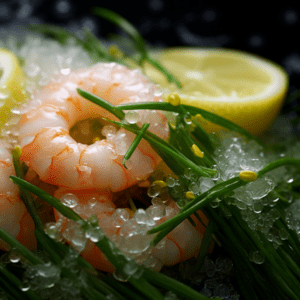
Soups
An essential ingredient in many Southeast Asian soups, lemongrass adds a refreshing citrus flavor. If you don’t have lemongrass on hand, a good substitute is a combination of arugula and lemon zest. The arugula provides a peppery taste, while lemon zest adds brightness.
Curries
For curries, dried lemongrass or kaffir lime leaves can be used as lemongrass substitutes. According to Substitute Cooking, dried lemongrass retains most of the fresh lemongrass flavor, while kaffir lime leaves have a slightly different taste, but still impart a citrus note to the curry.
Poultry
When marinating poultry dishes, replacing lemongrass with lemon juice, lemon zest, or coriander and ginger can still provide an invigorating flavor. Lemon juice can be utilized for its tangy taste, while lemon zest or a mixture of coriander and ginger can mimic the zestiness of lemongrass.
Seafood
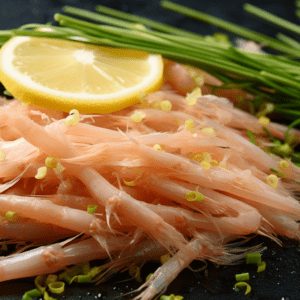
For seafood dishes, lemon verbena or preserved lemon can be effective lemongrass substitutes. Lemon verbena shares a similar taste profile with lemongrass, making it an ideal alternative. Preserved lemon, on the other hand, adds a tangy and salty touch to your seafood recipe.
Beef
In beef dishes, shallots or Thai basil can be used as lemongrass alternatives. Shallots offer a mild, sweet flavor that complements beef, while Thai basil has a stronger taste, giving the dish a bold flavor. Chef’s Pencil suggests that Thai basil can work well as a lemongrass substitute in many recipes.
Vegetables
When preparing vegetable dishes, using cilantro, parsley, or bay leaf can make up for the absence of lemongrass. Cilantro and parsley give a bright, herbaceous taste, while a bay leaf imparts a subtle, aromatic flavor. These herbs are versatile and can be used in a wide variety of vegetable dishes.
Health Benefits and Nutrition
Lemongrass is not only a versatile flavor enhancer in many dishes, but it also offers various health benefits and essential nutrients. When selecting an appropriate substitute, it’s crucial to consider the nutritional profile and potential health benefits of the alternatives.
Lemongrass is a good source of essential minerals, such as iron and calcium, which play a crucial role in maintaining bone health and the proper functioning of our cells. Furthermore, it provides vitamin C, which supports our immune system and helps our bodies absorb these vital minerals.
Arugula mixed with lemon zest is a suitable substitute for lemongrass, as it maintains a similar flavor profile, and arugula contains a range of essential nutrients. Like lemongrass, arugula is rich in iron, calcium, and vitamin C, contributing to our overall health and well-being.
Lemon verbena is another recommended substitute for lemongrass, and it is known for its antioxidant properties. These antioxidants help protect our cells from damage caused by free radicals, promoting overall health. Moreover, lemon verbena is packed with essential minerals like iron and calcium, making it an excellent choice for those looking to maintain the nutritional value of their dishes.
In addition to their nutritional benefits, both lemongrass and its substitutes offer anti-inflammatory properties. This characteristic is particularly beneficial for those dealing with conditions like arthritis or inflammatory bowel disease. By incorporating these ingredients into our diets, we can take advantage of their natural anti-inflammatory effects and improve our quality of life.
In conclusion, when selecting a substitute for lemongrass, it’s essential to consider not only the flavor but also the nutritional value and potential health benefits provided. By choosing alternatives like arugula mixed with lemon zest or lemon verbena, we can still enjoy the unique taste of lemongrass while benefiting from essential vitamins and minerals, as well as their anti-inflammatory properties.
Frequently Asked Questions
How much lemon zest can replace lemongrass?
To replace one stalk of lemongrass, use about one tablespoon of lemon zest. Lemon zest is a great substitute for lemongrass because it’s readily available and offers a similar citrus flavor.
What are the best alternatives for lemongrass in cooking?
Some of the best alternatives for lemongrass in cooking include lemon zest, arugula mixed with lemon zest, lemongrass paste, kroeung (a paste made from lemongrass), and lemon verbena. The specific substitute you choose may vary depending on the dish you’re preparing and the ingredients available.
Can ginger be used in place of lemongrass?
Ginger has a unique flavor that is not quite the same as lemongrass, so it might not be the best direct substitute. However, it can still work as an alternative in some dishes if you’re aiming for a slightly different flavor profile. Combining ginger with lemon zest may provide a closer approximation to the taste of lemongrass.
What is the equivalent of lemongrass paste to a stalk?
One tablespoon of lemongrass paste is approximately equivalent to one stalk of fresh lemongrass. Keep in mind that paste can have a more concentrated flavor, so you may want to adjust the quantity based on your taste preferences.
Which herbs have a similar taste to lemongrass?
Herbs with a similar taste to lemongrass include lemon verbena and lemon basil. Both of these herbs offer a citrus flavor that can work as a substitute for lemongrass, particularly in recipes that call for a subtle, lemony taste.
How can I create my own lemongrass paste?
To create your own lemongrass paste, you’ll need lemongrass stalks, Kaffir lime leaves, garlic, salt, galangal, and turmeric powder. Finely chop the lemongrass and combine it with the other ingredients in a food processor or with a mortar and pestle until it forms a paste. Use this homemade kroeung paste as a substitute for fresh lemongrass in your recipes.
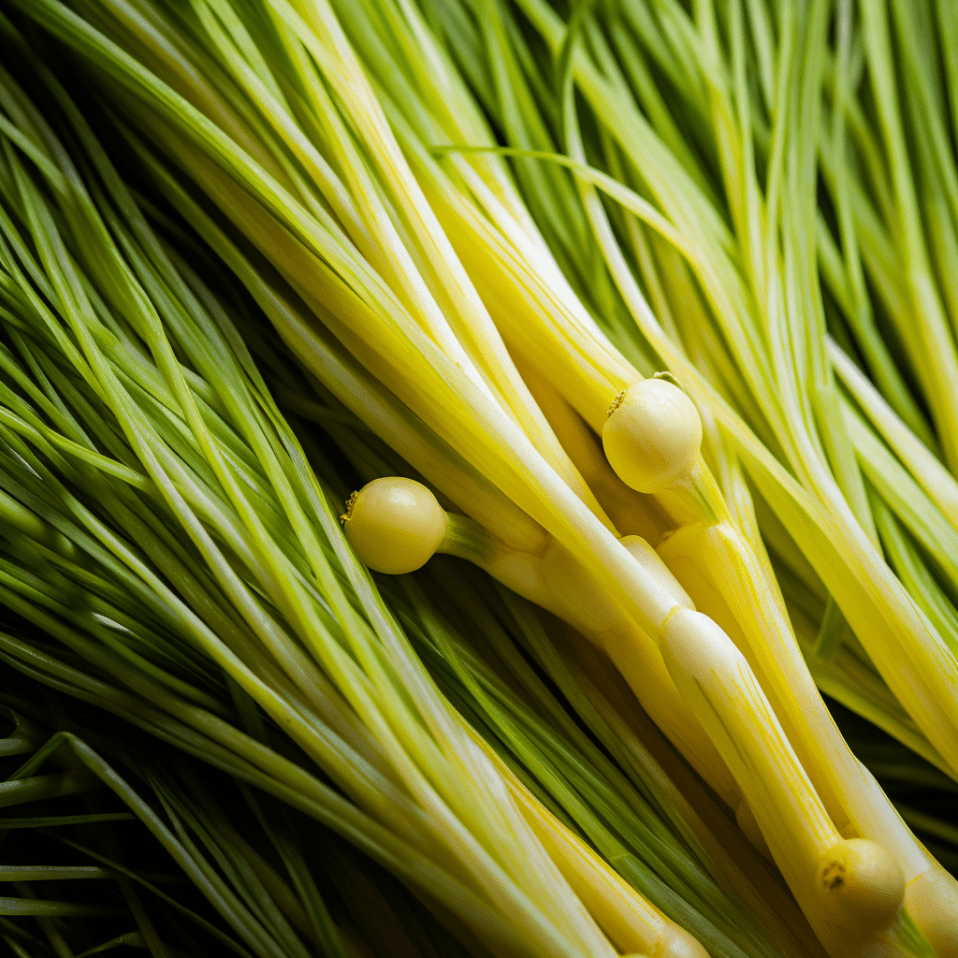

![Pudding Gets Watery in Fridge [5 reasons & Fixes]](https://kitchenbarrels.com/wp-content/uploads/2023/01/pudding-gets-watery-in-fridge.jpg)


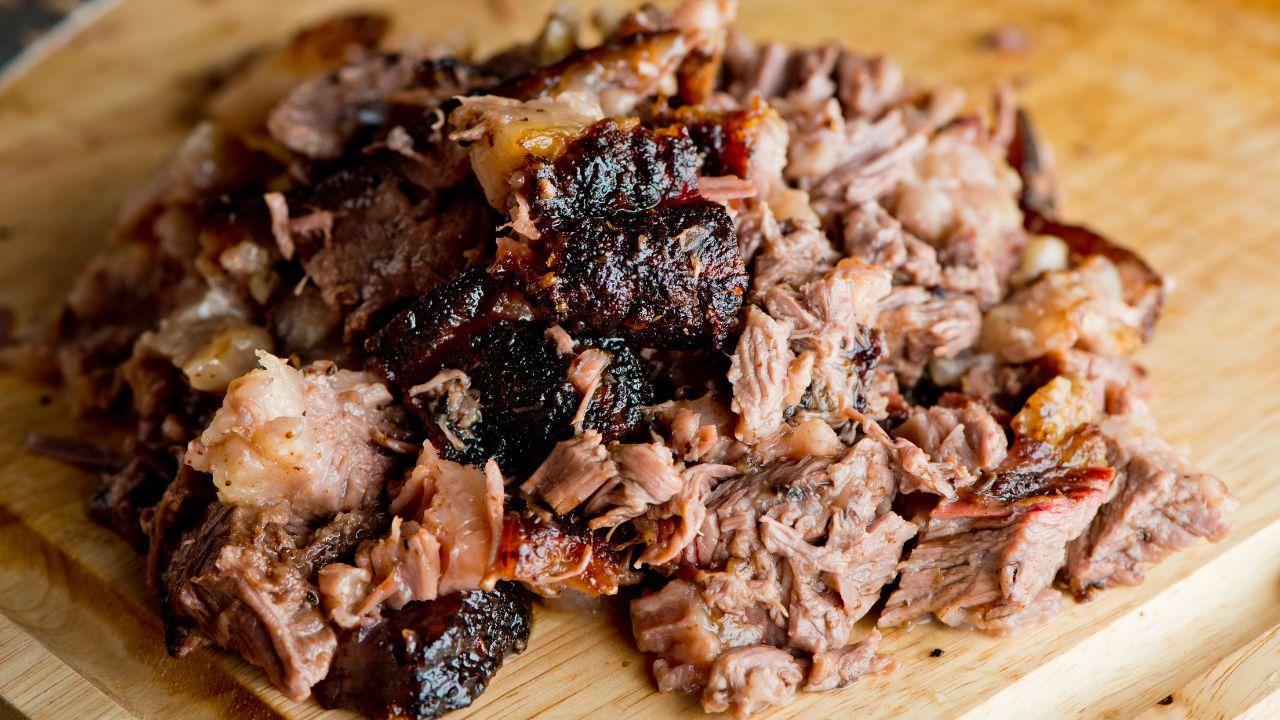
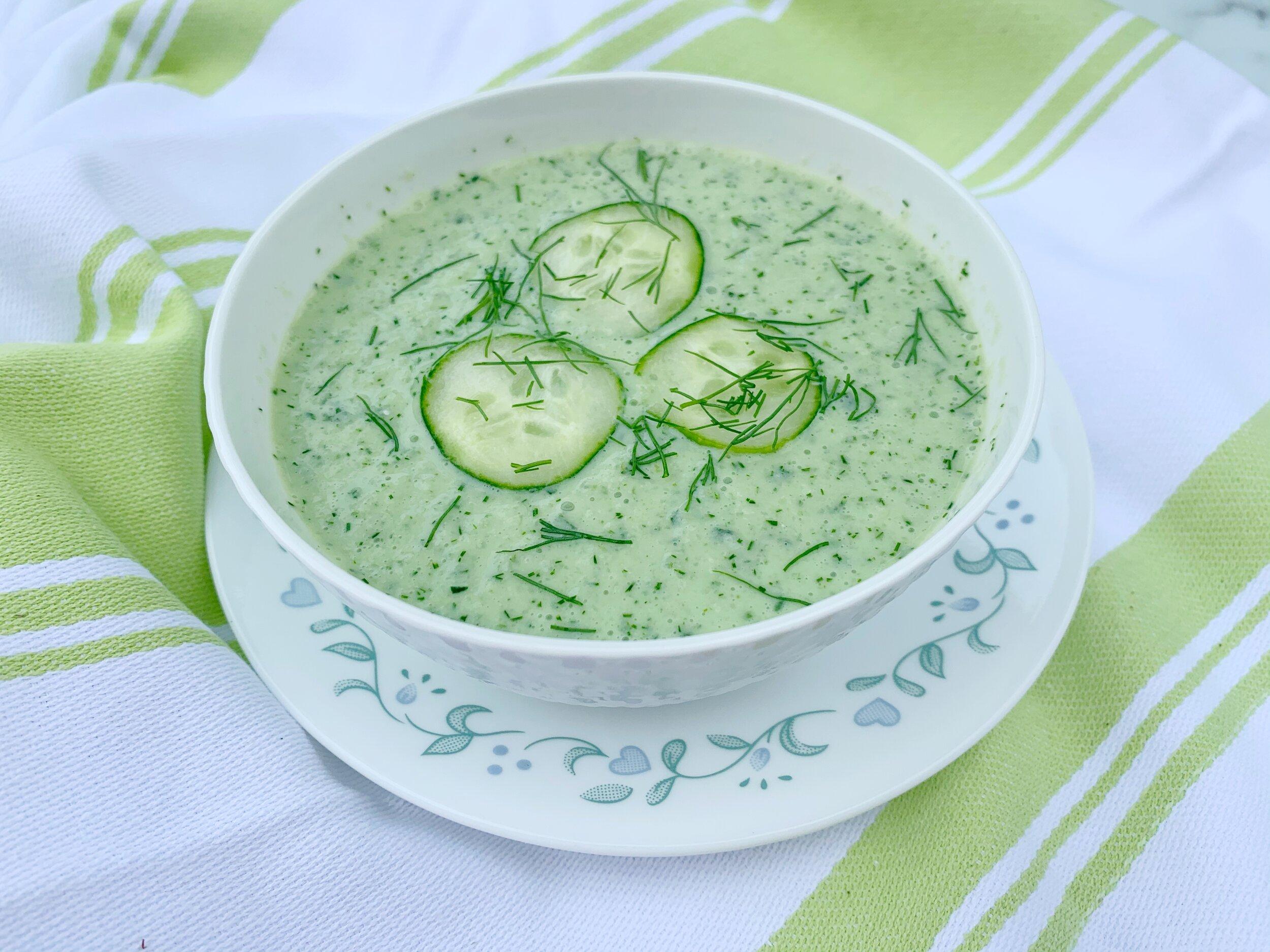
![Do You Have to Water Bath Pickles? [Stepwise Guide!]](https://kitchenbarrels.com/wp-content/uploads/2023/01/Do-You-Water-Bath-Pickles.jpg)
![Cinnamon Roll Not Done in the Middle [5 Reasons & Solutions]](https://kitchenbarrels.com/wp-content/uploads/2022/12/Cinnamon-Roll-Not-Done-In-The-Middle-Reasons.jpg)
